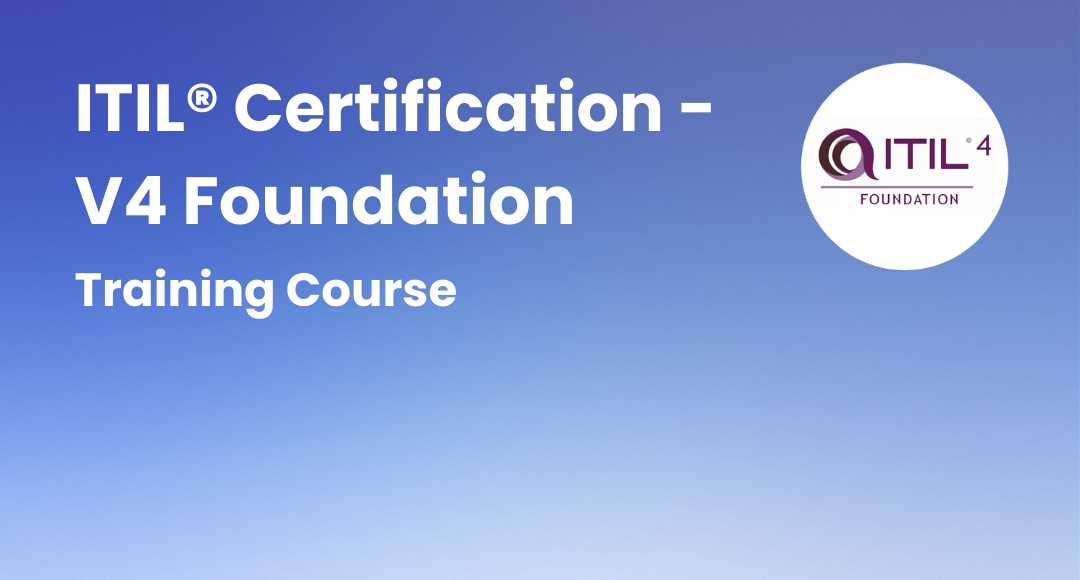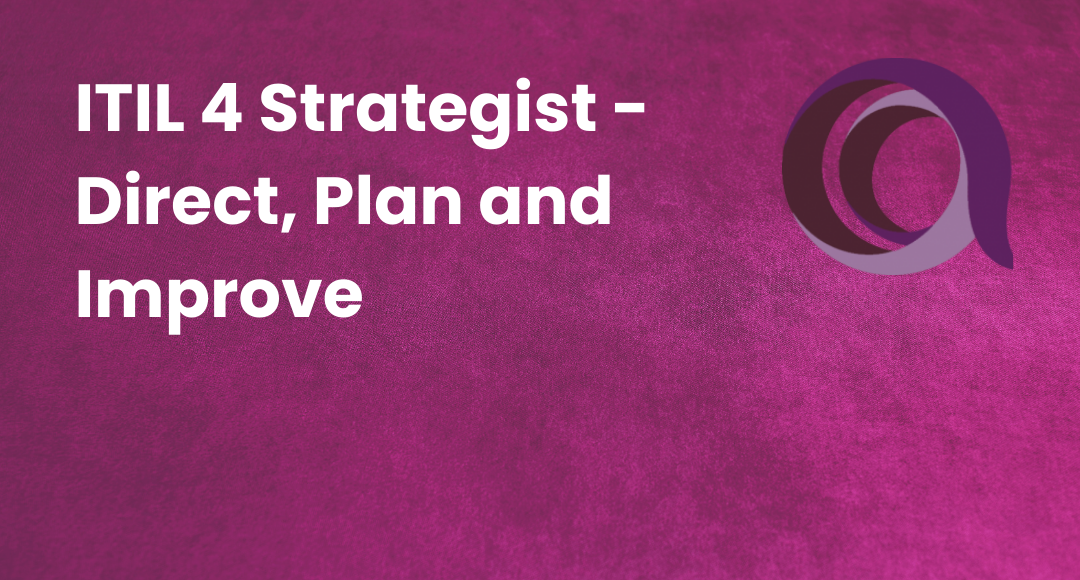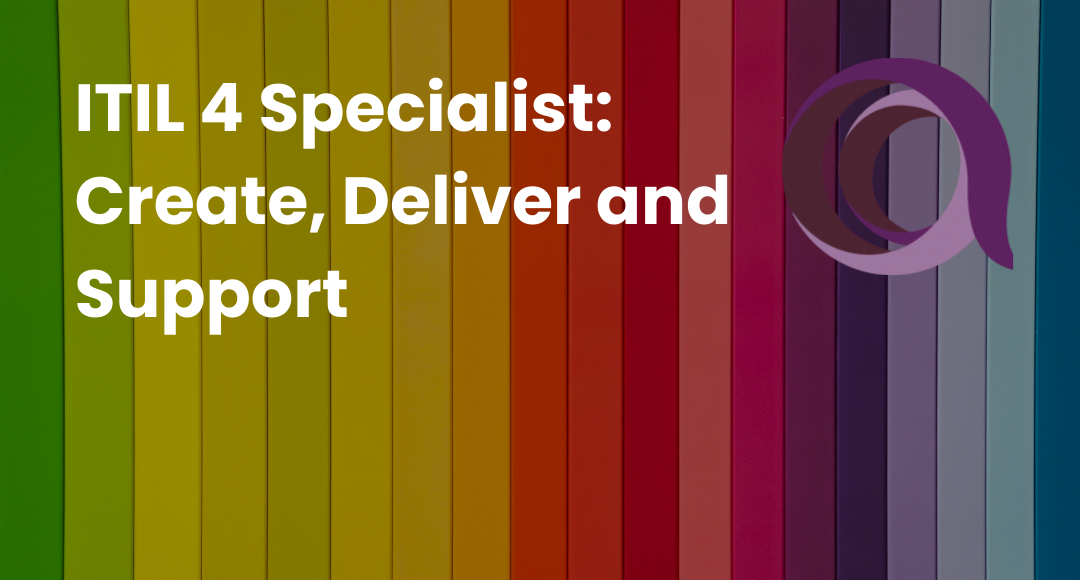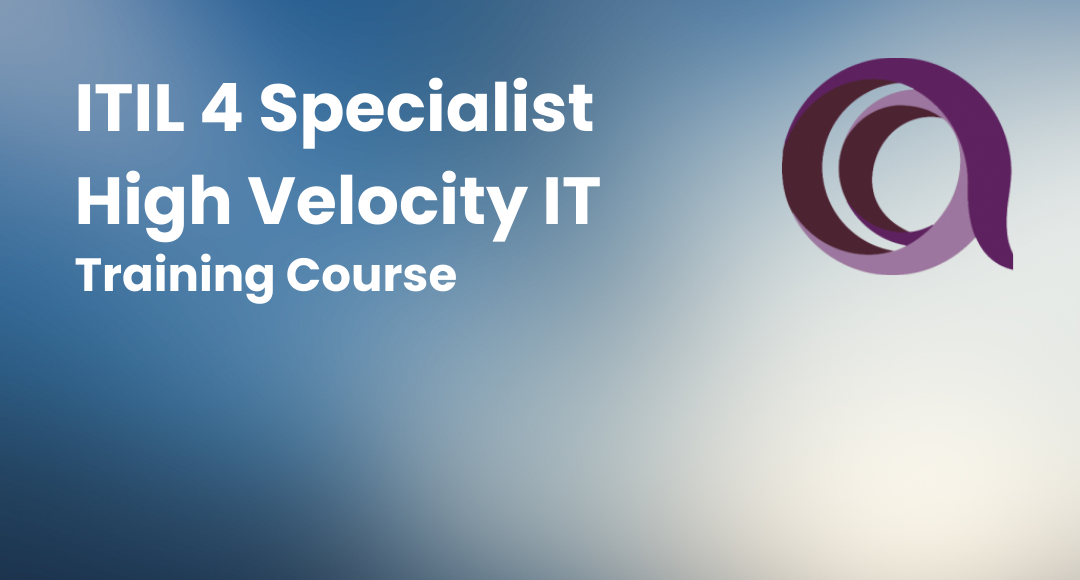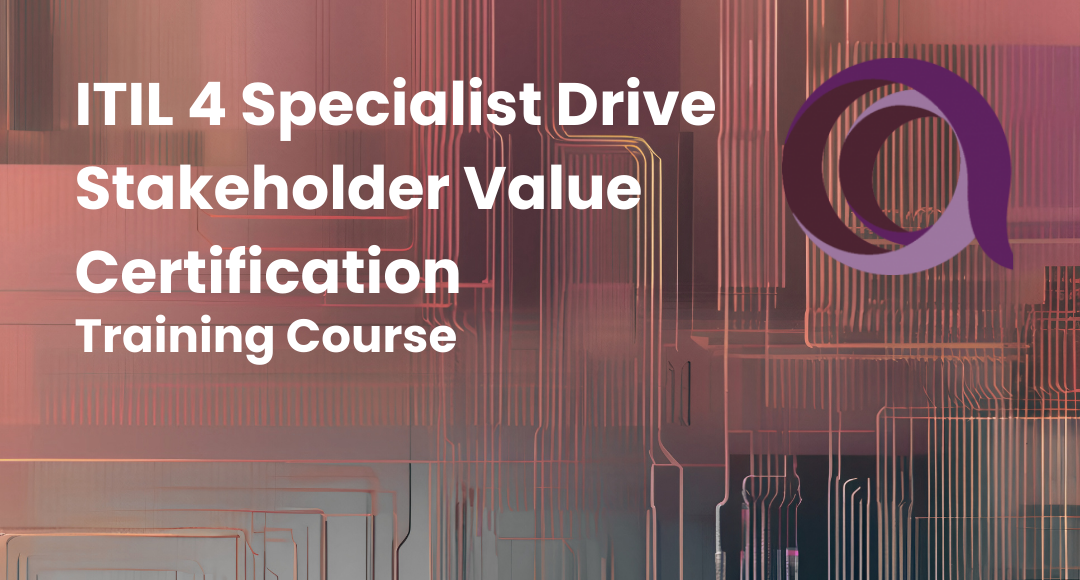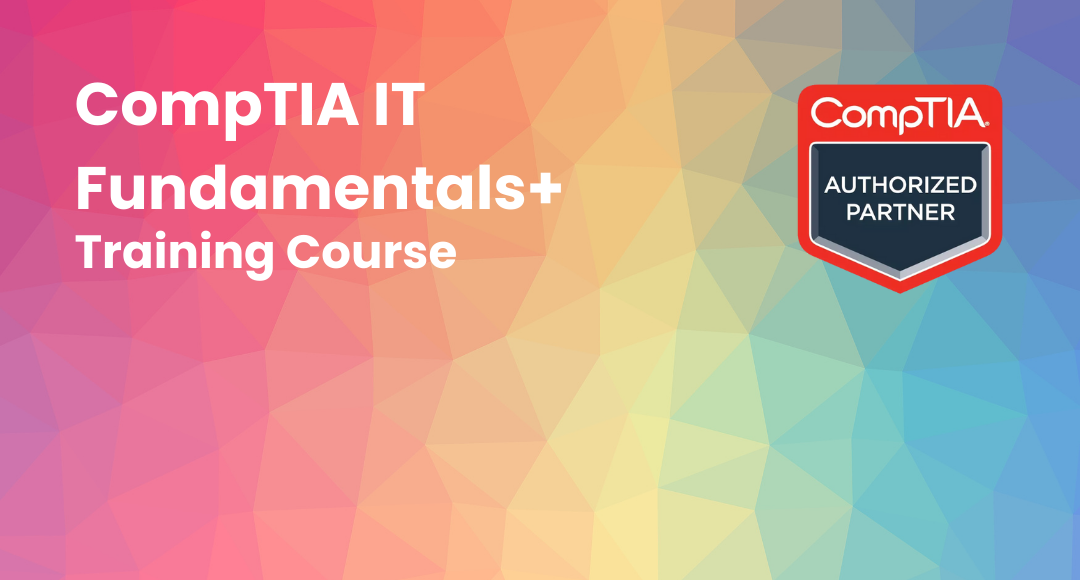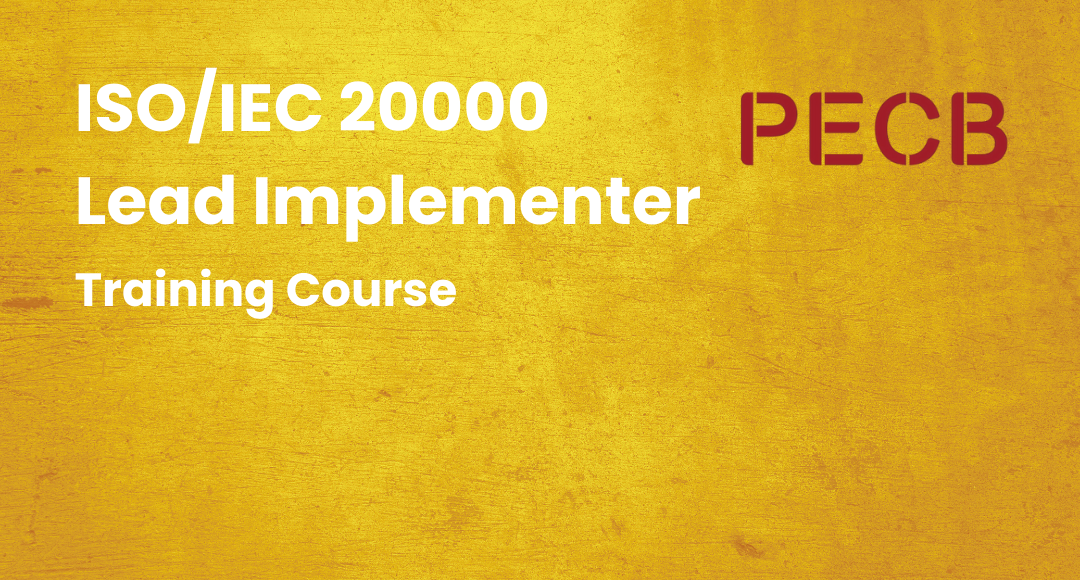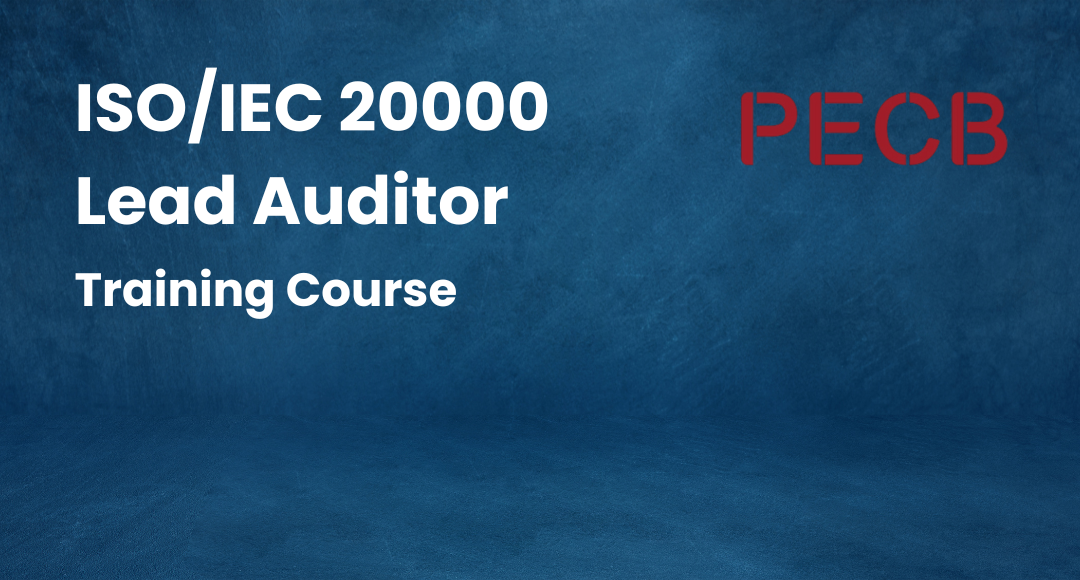All about ITIL 4 practices – Updates, Service Types and Benefits
-
 By Melissa
By Melissa - Published on Nov 7 2023

Table of Contents
What are the ITIL 4 practices?
ITIL 4 Practices - Introduction
So, you are here for a career in IT service management? You want roles as an IT service provider and an IT service relationship manager to attract stakeholders and customers. You are quite ambitious, but you should know that it is not, as they say, impossible.
And yes, it is difficult because you have to show your wizardry in the products and services, outputs, and outcomes, keeping in mind the cost and risk with utility and warranty!
Through the IT service relationship model, ITIL has resolved all issues with service offerings and relationships. The sole pedagogical force comes from its core of focusing on value and progression with feedback.
Organization and people, information and technology, partners and suppliers, the value stream, and processes—they all rely on the service value system and its chain as a whole. Continual improvement and change control in service management are the purposes of ITIL 4.
And start appreciating your awareness and interest; rest assured you are on the right trail. You must be aware of the fact that no other discipline understands business the way IT does.
But you may be skeptical about its presence and efficiency in this digital world. Isn’t it? And this is so because you must know that DevOps and Agile are in continuous improvisation while the world revolves around its axis.
Verism, a new service management approach, has dealt very well with digital change and revitalized ITIL like never before. You can gain knowledge about ITIL service management by taking up ITIL V4 training.
Sprintzeal is an ATO (Authorized training partner) of AXELOS, offering training for all ITIL certification levels.
General ITIL 4 practices
ITIL 4, the latest version of the Information Technology Infrastructure Library, introduces several general practices that organizations can adopt to improve their IT service management. These practices include:
Service Management
This practice emphasizes the importance of defining, delivering, and continuously improving services to meet customer and business needs. It encourages a holistic approach to managing services.
Value Stream Management
Value stream management focuses on optimizing the flow of work and value delivery across the organization. It helps identify and eliminate waste in processes.
Continual Improvement
ITIL 4 places a strong emphasis on continuous improvement, encouraging organizations to regularly assess their processes, services, and performance and make incremental enhancements.
Guiding Principles
These are fundamental beliefs and values that guide decision-making and actions in service management. Examples include focusing on value, starting where you are, and collaborating and promoting visibility.
Governance
ITIL 4 suggests establishing a clear governance framework to ensure that practices align with business objectives and policies. Governance helps in decision-making and accountability.
Service Relationships
Understanding and managing the various relationships involved in service management, such as service providers, consumers, and stakeholders, is crucial for success.
Service Ecosystems
Recognizing that services are interconnected and part of a broader ecosystem is vital. ITIL 4 promotes a holistic approach to service management.
These general practices provide a comprehensive framework for organizations to enhance their IT service management capabilities and deliver value to customers and stakeholders.
ITIL Services and Its Types
The malleability of IT services in ITIL has a shared viewpoint, giving customers a voice to represent their thoughts and make their requirements clear. The customer pays the service providers for owning their risks and correcting them.
And it is through this that we build trust with our customers, causing them to prefer our services over those of a plethora of other service providers.
However, if you want core services, want to work in enabling services, or want to polish the existing system and help improve services,
You don't need to be a consultant; you may be an aspiring student, a business owner, or a business student who is striving to make service management a career or use ITIL services to enhance your productivity.
The ITIL 4 Foundation has taken all its practitioners and consultants a step ahead by invoking its users to adopt and understand the service management framework and its paradigm.
And why it should not transmute look around you, and what you see is cloud computing, IaaS, machine learning, and blockchain, so service management is also evolving, and hence ITIL is implementing its principles in ITSM globally.
Explore ITIL Service Type Certifications:
ITIL 4 Managing Professional Transition
ITIL 4 Specialist: Create, Deliver and Support
ITIL 4 Specialist: High Velocity
ITIL 4 Strategist - Direct, Plan and Improve
ITIL 4 Specialist Drive Stake Holder Value
Tracing the roots of ITIL 4 practices
As ITIL4 has been in the big picture of ITSM for more than three decades, it is known for the ITIL certification programs, training, and guidelines that helped shape much of the ITSM that we see and use today.
The primary challenge comes in the form of modern management problems and developing new technologies in the system, as well as establishing effective governance and thoroughly managing IT-enabled services.
Today, the ITIL 4 framework is widely acclaimed for its ITIL service value system, a four-dimension model of organizations and people, ITIL4 practices, information and technology, partners and suppliers, and value streams and processes.
It gives congruent focus to each dimension, ensuring that SVS forms equilibrium.
ITIL concepts and ITIL 4 practices can be applied to all organizations and services, regardless of their line of business or area of business. Earlier, ITIL V3 had 26 service lifecycle processes, but now, with the new and improved ITIL V4, it has 34 ITIL 4 practices.
ITIL 4 Practice Updates
The ITIL Service Value System (SVS)
This functionality of ITIL V4 gives an advantage to the service provider and its customers by giving them the power to co-create through the use of products and services and their management.
Thus, it creates the ITIL service value chain with the best ITIL v4 practices through plan, engagement, design, transition, delivery, and support.
The ITIL v4 practices can integrate with other frameworks like Lean, Agile, DevOps, and Digital Transformation. This multi-factorial model has connected all other components of the ITIL V4 framework.
All governance and practices form the core of a grid while guiding principles form the matrix's crust. It interconnects them and helps deliver desired values in products and services.
ITIL Processes
Earlier, it had 26 grouped processes across the paradigm, touching the five important phases of the service lifecycle. Now, it comes with a sauté of 34 practices under the three categories of general, service, and technology.
It also includes the remaining 26 ITIL V3 processes. This provides an opportunity to meet customer demands by adding value to the existing product and improving and enhancing it. It has an outcome that brings everyone under an umbrella.
7 Guiding ITIL Principles

As we have discussed earlier, these guidelines are condensed into the core itself. Furthermore, to provide co-creation benefits to consultants and business customers, stakeholders, and end-users.
These principles focus on value and give equal weight to both parties involved through an iterative feedback loop. This collaboration is visible to promote work, put ideation to practical use, and automate processes.
For instance, think of general management practices. They are useless without IT service management practices and technology. The best of ITIL can be assumed based on the current pandemic situation.
With this, all the pressure falls on the organization's governance, which has power over directing and controlling the organization’s trajectory.
ITIL practices and principles are futile without every other factor in comprehension, planning the value chain, engaging, and designing. The transition is the crux of a situation like today.
All we have and know are overly compatible computer systems that are not always capable of serving organizations. However, because ITIL is adaptable, remote work is encouraged rather than discouraged.
Companies worldwide are planning to take a strong step by giving employees access to work from their comfort zones. Moreover, they are required to come to the office only when it is necessary!
This shows continual improvement into the unknown future. But with ITIL, we have at least a cushion to fall on when struck with a setback.
Moreover, businesses are quite aware as of now that it is not easy at all to make the transition all of a sudden. We need to have a prompt Plan B ready to recover and serve as insurance for recovery.
ITIL Dimensions
Ultimately, it is all about four virtual and physical factors. These factors tend to support and give a holistic solution to issues, and they are:

With them, small businesses flourish—think of start-ups. Why do you believe that only 5-11% of 100 new businesses succeed? And not only do they grow, but they grow meteorically.
There are numerous examples of start-ups that have evolved into unicorn companies. They earn billions of dollars and have eliminated failures from their business model.
They have well planned each step. But before they launch themselves, they launch them in simulations, as this is necessary to know and better predict the future of their products and services and their business as a whole.
An ITIL practitioner or consultant makes their moves safe and secure with their practice and knowledge of the framework. Businesses have never stopped thanking ITIL 4 practices for allowing them to create along the way.
It not only helps manage customers’ expectations. But it also helps in procurement, budget management, complying legally, and managing their scale.
The present image of ITIL is not restricted to IT or technology alone; it is now a management practice. Universities all over Europe and some in the USA have added the gist and practices of service management to their curricula.
In today's world, awareness is everything, and only the prepared survive.
Internal Audit
The standard set by the ISO management system helps in categorizing and implementing the principles. Although the ISO also borrows principles for its revised doctrine of service management,
And it has by far become the metric or standard to assess the health of the organization's IT systems. With ITIL V4, organizations are agile and certain to function effectively.
Benefits of ITIL 4 practices
ITIL 4 practices offer numerous benefits in managing IT services and delivering value to organizations:
Improved Service Quality
ITIL 4 practices emphasize customer-centric service delivery, leading to higher service quality and customer satisfaction.
Enhanced Efficiency
By adopting best practices, organizations can streamline processes and reduce operational costs.
Better Communication
ITIL 4 encourages effective communication between IT teams and other business units, fostering collaboration and alignment.
Agility and Adaptability
ITIL 4 practices promote flexibility in responding to changing business needs and technology advancements.
Continuous Improvement
The framework supports a culture of ongoing improvement, ensuring services evolve to meet evolving requirements.
Risk Mitigation
ITIL 4 helps organizations identify and manage risks associated with service delivery.
Clear Roles and Responsibilities
It defines roles and responsibilities, reducing confusion and increasing accountability within IT teams.
Overall, ITIL 4 practices enable organizations to optimize their IT service management and achieve their business goals more effectively.
Conclusion
There are ample reasons that can validate an aspirant’s choice of coming into ITIL, as well as the fact that before we commit to doing something, we need to deeply consider all the consequences and implications.
However, experts and counseling gurus in IT have always advocated for ITIL certifications, even if you do project management.
ITIL practice knowledge and understanding will not only shape your perception. But it will also make your motives and actions more customer-centric, which equals profit and recognition.
Whereas, if you are an aspirant to ITSM, then it is wise for you to enter the sphere with an ITIL V4 certification, as all others are outmoded by now.
Above all, this gives you an increased earning potential that is not only a gravy train but also improves your job responsibilities.
Explore training for ITIL certification levels and get certified with Sprintzeal.
We are an ATO (Authorized Training Partner) of AXELOS, offering ITIL training for all ITIL certification levels in online, live online, and classroom modes of study. Reach us at Click Here or chat with our expert to get full details now.
FAQ
What are the practices in ITIL 4?
ITIL 4 includes practices like Service Desk, Incident Management, Problem Management, Change Control, Service Level Management, and more for effective IT service management.
How many practices are there in ITIL 4?
There are 34 practices in ITIL 4.
What are the 4 dimensions of ITIL?
The 4 dimensions of ITIL are Organizations and People, Information and Technology, Partners and Suppliers, and Value Streams and Processes.
What is the ITIL 4 level?
The ITIL 4 framework consists of four certification levels: Foundation, Specialist, Strategist, and Leader.
Which is the core concepts of ITIL 4?
The core concepts of ITIL 4 include the Service Value System (SVS), the Four Dimensions of Service Management, the Guiding Principles, and the Service Value Chain.
Subscribe to our Newsletters
Popular Programs
ITIL 4 Strategist – Direct, Plan And Improve
Live Virtual Training
- 4.3 (350 + Ratings)
- 55k + Learners
ITIL 4 Specialist: Create, Deliver and Support
Live Virtual Training
- 4.6 (74 + Ratings)
- 70k + Learners
ITIL 4 Specialist Drive Stakeholder Value Certification
Live Virtual Training
- 5 (82 + Ratings)
- 36k + Learners
Trending Posts
How to become a certified ITIL Expert in 2026
Last updated on May 23 2023
ITIL Strategist Certification Overview And Career Path
Last updated on Jan 17 2023
ServiceNow - What is it, Fundamentals And Features
Last updated on Dec 22 2022
ITIL Problem Management Guide for Beginners
Last updated on Dec 15 2023
Axelos and TSO launch MSP Foundation app
Last updated on Feb 18 2022
A Guide to Enterprise Asset Management
Last updated on Jan 12 2024
Categories
- Other 71
- Agile Management 50
- Cloud Computing 57
- Project Management 174
- Big Data 67
- Business Management 88
- Digital Marketing 80
- IT Service Management 29
- Programming Language 59
- AI and Machine Learning 84
- IT Security 112
- Quality Management 78
- IT Hardware and Networking 26
- Microsoft Program 5
- Workplace Skill Building 13
- Risk Management 9
- Information Security 8
- Leadership and Management 9
- Corporate Training and Development 1
Trending Now
ITIL Framework and Certifications Guide 2026
ArticleTop 25 ITIL Interview Questions and Answers in 2026
ArticleWhat is ITIL – Information Technology Infrastructure Library jobs and Certification Benefits
ArticleHow to become a certified ITIL Expert in 2026
ArticleIs ITIL a fit for your organization's culture?
ArticleITIL Framework Explained (Updated)
ArticleTOP 10 BENEFITS OF TOGAF CERTIFICATION IN ENTERPRISE ARCHITECTURE
ArticleThe Importance of ITIL certification and scope for career growth
ArticleITIL Certification Levels and Job Scope
ArticleWell Explained : The IT Service Management and ITSM Design, Concepts and its Benefits
ArticleITIL Strategist Certification Overview And Career Path
ArticleEnterprise Architect Interview Questions and Answers 2026
ArticleMost Asked Release Manager Interview Questions and Answers 2026
ArticleHow to Become a Release Manager
ArticleITIL Processes List – 26 ITIL Processes and 5 ITIL Service Lifecycle Stages
ArticleAxelos and TSO launch MSP Foundation app
ArticleITIL Problem Management Guide for Beginners
ArticleITIL Guiding Principles Explained
ArticleWhat is ServiceNow - A Beginner's Guide
ArticleServiceNow - What is it, Fundamentals And Features
ArticleA Guide to Enterprise Asset Management
ArticleTop 5 IT Service Management Tools in 2026
ArticleService Value System in ITIL 4 Explained in Detail
ArticleThe ITIL 4 Service Desk Guide – Importance and Types
ArticleWhat Is IT Mapping?—An Essential Guide
ArticleTop 6 ITSM best practices
ArticleESM vs ITSM - Key Differences Explained
ArticleTop Incident Manager Interview Questions and Answers 2026
Article